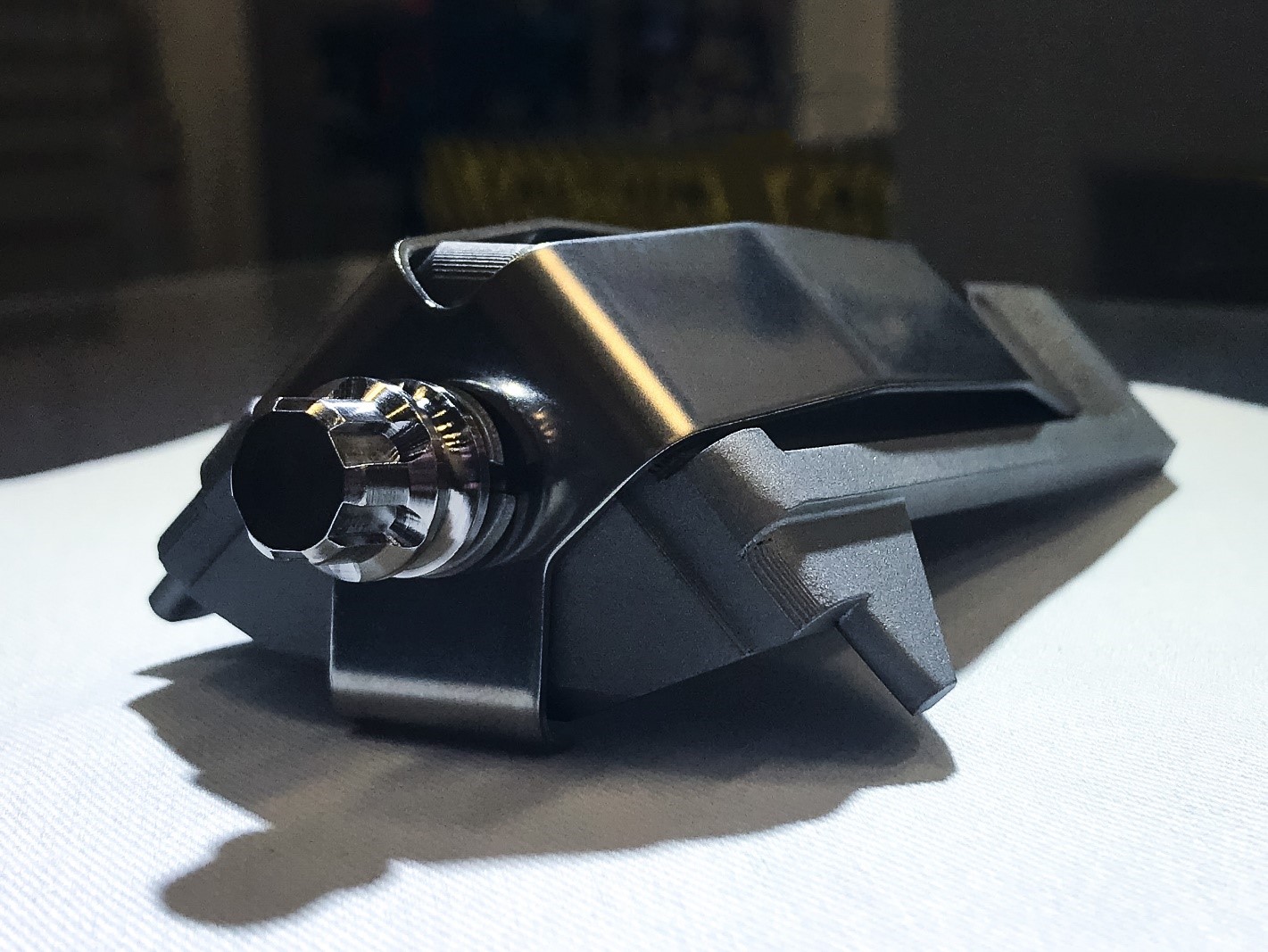Nominations for the 2021 3D Printing Industry Awards are now open, tell us who is leading the industry now.
First-of-a-kind 3D printed parts developed by Oak Ridge National Laboratory (ORNL) have been installed at the Tennessee Valley Authority’s (TVA) Browns Ferry Nuclear Plant in Alabama.
The parts in question are four 3D printed fuel assembly brackets, which are now under routine operating conditions at the plant. The components were developed in partnership with TVA and nuclear fuel supplier Framatome as part of the Transformational Challenge Reactor (TCR) program based at ORNL, the goal of which is to explore faster and cheaper nuclear energy distribution within the US.
“Deploying 3D printed components in a reactor application is a great milestone,” said ORNL’s Ben Betzler, TCR Program Director. “It shows that it is possible to deliver qualified components in a highly regulated environment. This program bridges basic and applied science and technology to deliver tangible solutions that show how advanced manufacturing can transform reactor technology and components.”
The 3D printed fuel assembly brackets
The partners first unveiled the planned development and installation of the 3D printed fuel assembly brackets in December last year, which are the first physical parts with digital twins created using TCR’s advanced monitoring and artificial intelligence (AI) technologies.
ORNL 3D printed channel fasteners for Framatome’s boiling water reactor fuel assembly – a type of bracket fixed to the top of the assembly to hold the channel that guides coolant up through the fuel rods. Reportedly the first 3D printed safety-related parts to be installed in a nuclear reactor, the channel fasteners are serving as a test case of TCR’s digital platform that is investigating methods to quickly certify the quality of components designed for nuclear reactors.
The parts are now in operation at the Browns Ferry Nuclear Plant, and will remain in the reactor for six years undergoing regular inspections. The fuel assembly brackets were designed and 3D printed at the Department of Energy’s (DoE) Manufacturing Demonstration Facility at ORNL, and were chosen as the first 3D printed application for use in a nuclear reactor thanks to their straightforward yet non-symmetric geometry.
“ORNL offers everything under one roof: state-of-the-art printing capabilities, world-class expertise in machining, next-generation digital manufacturing technologies, plus comprehensive characterization and testing equipment,” said Ryan Dehoff, ORNL Section Head for Secure and Digital Manufacturing.

The TCR program
The World Nuclear Energy Association reported nuclear energy currently provides nearly 20 percent of the US’ electricity supply, however by 2055 current nuclear reactors will likely be retired due to expiring licenses, as they are based on 70-year-old light water technology.
To address this challenge, ORNL’s TCR project is seeking to pave the way for the use of 3D printing, computational modeling, and AI in the nuclear sector as a means of reducing manufacturing costs and lead times, while also improving safety.
“Collaborating with TVA and ORNL allows us to deploy innovative technologies and explore emerging 3D printing markets that will benefit the nuclear energy industry,” said John Strumpell, Manager of North America Fuel R&D at Framatome. “This project provides the foundation for designing and manufacturing a variety of 3D printed parts that will contribute to creating a clean energy future.”
As part of the program, ORNL is aiming to build a nuclear reactor core using, among other technologies, Direct Energy Deposition (DED) 3D printing. The team is also establishing qualification methods to confirm the consistency and reliability of the 3D printed components used in creating the core.
ORNL recently announced the advancement of a new 3D printing technology specifically for the production of reactor components that enables the printing of high-temperature allows and refractory metals which are vital to the safe operation of nuclear reactors.
Last year, Purdue University became a key contributor to the TCR program after receiving a $800,000 grant from the DoE to help accelerate the development of the nuclear reactor core. To this end, Purdue is developing an AI model to ensure nuclear-grade quality of the TCR microreactor’s 3D printed components.
“TVA is actively engaged in developing new nuclear technology for tomorrow,” added Dan Stout, TVA’s Director of Nuclear Technology Innovation.
“Partnering with ORNL and Framatome in this innovative manufacturing approach could pave the path for use across the existing nuclear fleet and also in advanced reactors and small modular reactors.”
Nominations for the 2021 3D Printing Industry Awards are now open, have your say who is leading the industry now.
Subscribe to the 3D Printing Industry newsletter for the latest news in additive manufacturing. You can also stay connected by following us on Twitter and liking us on Facebook.
Looking for a career in additive manufacturing? Visit 3D Printing Jobs for a selection of roles in the industry.
Subscribe to our YouTube channel for the latest 3D printing video shorts, reviews and webinar replays.
Featured image shows the boiling water reactor fuel assembly component with 3D printed channel fasteners. Photo via Framatome.



